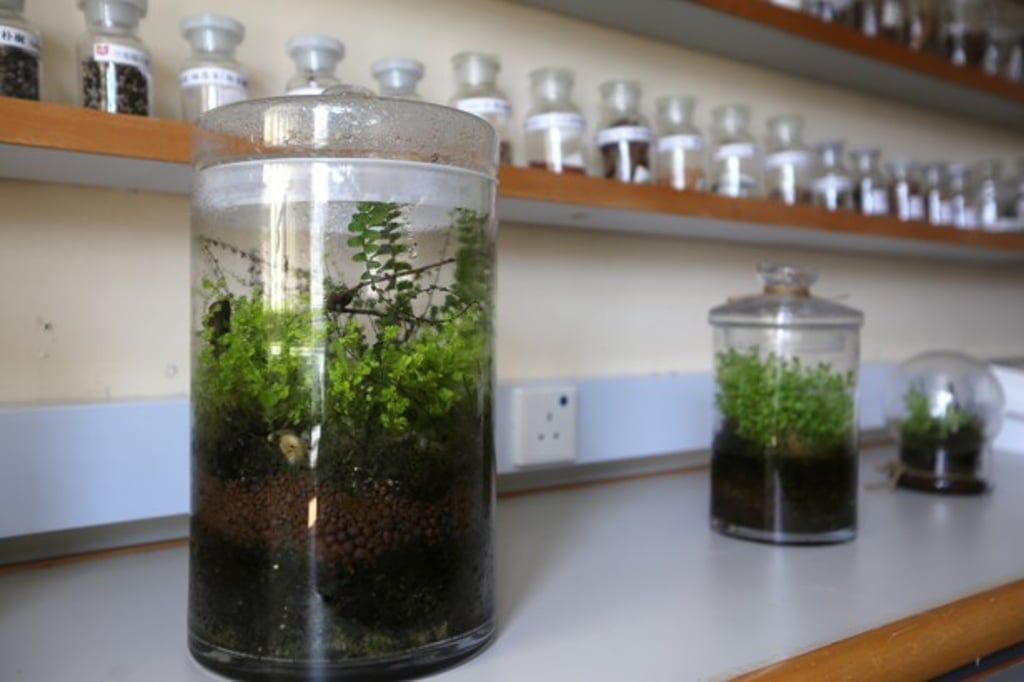How two green schools in Hong Kong are teaching sustainability to children and leading the way in local education community
Two Hong Kong institutions have been singled out as exceptional ‘green schools’ in the city, teaching ecological literacy that will stand their pupils in good stead as the job market increasingly values green credentials

It’s midday on a hot spring day and the “traffic lights” in a Year 3 classroom at The Independent Schools Foundation (ISF) Academy have just turned from green to orange. Students at the Pok Fu Lam campus start scurrying around to see which air conditioners are on and if any doors have been left open in what is possibly one of most intensely energy-monitored schools in the world.
“If the lights turn orange the students are prompted to think about how they are using energy in the classroom and how to save it,” says Anthony Dixon, managing director of Helios Renewable Energy. He helped set up the school’s Centre for Renewable Energy Education (CREE) in October last year, as well as the solar rooftop microgrid featuring wall-mounted panels and battery storage.
Hong Kong’s weather is getting hotter and more extreme
The school’s Energybox traffic lights are part of 6,000 sensors that students and staff use to monitor energy usage. For Year 3 children they signal when the classrooms go from being powered by renewable energy to being powered by Hong Kong’s fossil-fuelled grid. They are part of a group of sustainability education projects set up by former Silicon Valley engineer Diana Ibarra that make it a stand-out school in the region.
Twenty-two kilometres east in Siu Sai Wan is the Chinese Foundation Secondary School (CFSS). Unesco China singled out CFSS as an exemplary school for sustainable development. In every nook and cranny of the school there are homages to the environment.
At street level the school hosts a 600-metre “Environmental Trail”. The trail includes Wi-fi-connected chilli plants grown from seeds that were sent to space and back, rows of fruit trees and scented gardens, and a birdwatching station that overlooks it all.
